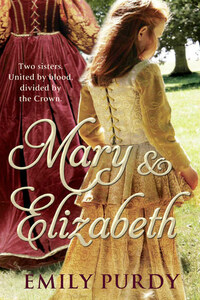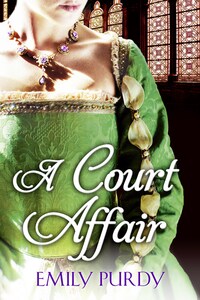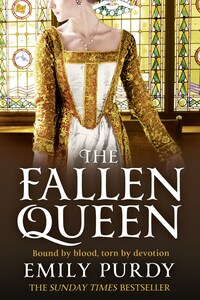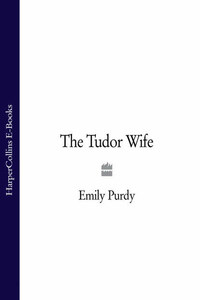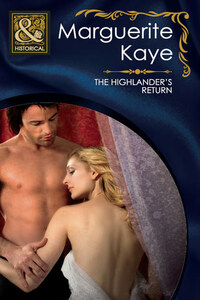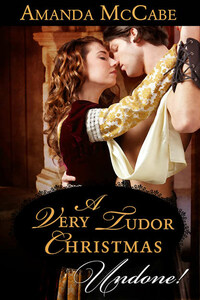The End of an Era
January 28, 1547
Whitehall Palace
Wonderful, dangerous, cruel, and wise, after thirty-eight years of ruling England, King Henry VIII lay dying. It was the end of an era. Many of his subjects had known no other king and feared the uncertainty that lay ahead when his nine-year-old son inherited the throne.
A cantankerous mountain of rotting flesh, already stinking of the grave, and looking far older than his fifty-five years, it was hard to believe the portrait on the wall, always praised as one of Master Holbein’s finest and a magnificent, vivid and vibrant likeness, that this reeking wreck had once been the handsomest prince in Christendom, standing with hands on hips and legs apart as if he meant to straddle the world.
The great gold-embroidered bed, reinforced to support his weight, creaked like a ship being tossed on angry waves, as if the royal bed itself would also protest the coming of Death and God’s divine judgment.
The faded blue eyes started in a panic from amidst the fat pink folds of bloodshot flesh. As his head tossed upon the embroidered silken pillows a stream of muted, incoherent gibberish flowed along with a silvery ribbon of drool into his ginger-white beard, and a shaking hand rose and made a feeble attempt to point, jabbing adamantly, insistently, here and there at the empty spaces around the carved and gilded posts, as thick and sturdy as sentries standing at attention, supporting the gold-fringed crimson canopy.
There was a rustle of clothing and muted whispers as those who watched discreetly from the shadows – the courtiers, servants, statesmen, and clergy – shook their heads and shrugged their shoulders, knowing they could do nothing but watch and wonder if it were angels or demons that tormented their dying sovereign.
The Grim Reaper’s approach had rendered Henry mute, so he could tell no one about the phantoms that clustered around his bed, which only he, on the threshold of death, could see.
Six wronged women, four dead and two living: a saintly Spaniard, a dark-eyed witch – or “bitch” as some would think it more apt to call her – a shy plain Jane, a plump rosy-cheeked German hausfrau absently munching marzipan, and a wanton jade-eyed auburn-haired nymph seeping sex from every pore. And, kneeling at the foot of the massive bed, in an attitude of prayer, the current queen, Catherine Parr, kind, capable Kate who always made everything all right, murmuring soothing words and reaching out a ruby-ringed white hand, like a snowy angel’s wing, to rub his ruined rotting legs, scarred by leeches and lancets, and putrid with a seeping stink that stained the bandages and bedclothes an ugly urine-yellow.
Against the far wall, opposite the bed, on a velvet-padded bench positioned beneath Holbein’s robust life-sized portrait of the pompous golden monarch in his prime and glory, sat the lion’s cubs, his living legacy, the heirs he would leave behind; all motherless, and soon to be fatherless, orphans fated to be caught up in the storm that was certain to rage around the throne when the magnificent Henry Tudor breathed his last. Although he had taken steps to protect them by reinstating his disgraced and bastardized daughters in the succession and appointing coolly efficient Edward Seymour to head a Regency Council comprised of sixteen men who would govern during the boy-king’s minority, Henry was shrewd enough to know that that would not stop those about them from forming factions and fighting, jockeying for position and power, for he who is puppetmaster to a prince also holds the reins of power.
There was the good sheep: meek and mild, already greying, old maid Mary, a disapproving, thin-lipped pious prude, already a year past thirty, the only surviving child of Catherine of Aragon, the golden-haired Spanish girl who was supposed to be as fertile as the pomegranate she took as her personal emblem.
The black sheep: thirteen-year-old flame-haired Elizabeth, the dark enchantress Anne Boleyn’s daughter, whose dark eyes, just like her mother’s, flashed like black diamonds, brilliant, canny, and hard, as fast and furious as lightning; a clever minx this princess who should have been a prince. Oh what a waste! It was enough to make Henry weep, and tears of a disappointment that had never truly healed trickled down his cheeks. Oh what a king Elizabeth would have been! But no petticoat, no queen, could ever hold England and steer the ship of state with the firm hand and conviction, the will, strength, might, and robust majesty of a king. Politics, statecraft, and warfare were a man’s domain. Women were too delicate and weak, too feeble and fragile of body and spirit, to bear the weight of a crown; queens were meant to be ornaments to decorate their husband’s court and bear sons to ensure the succession so the chain of English kings remained unbroken and the crown did not become a token to be won in a civil war that turned the nation into one big bloody battlefield as feuding factions risked all to win the glittering prize.
